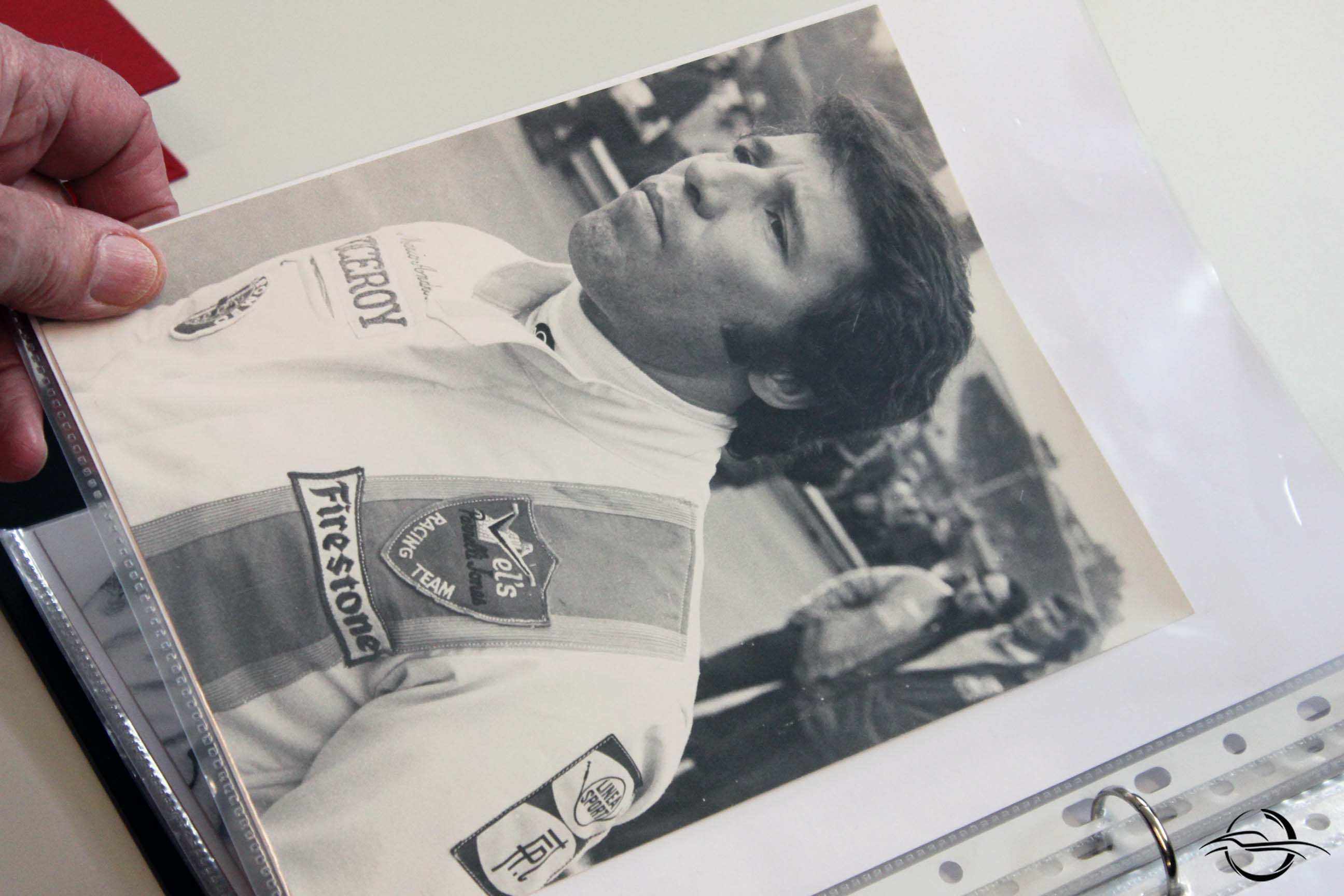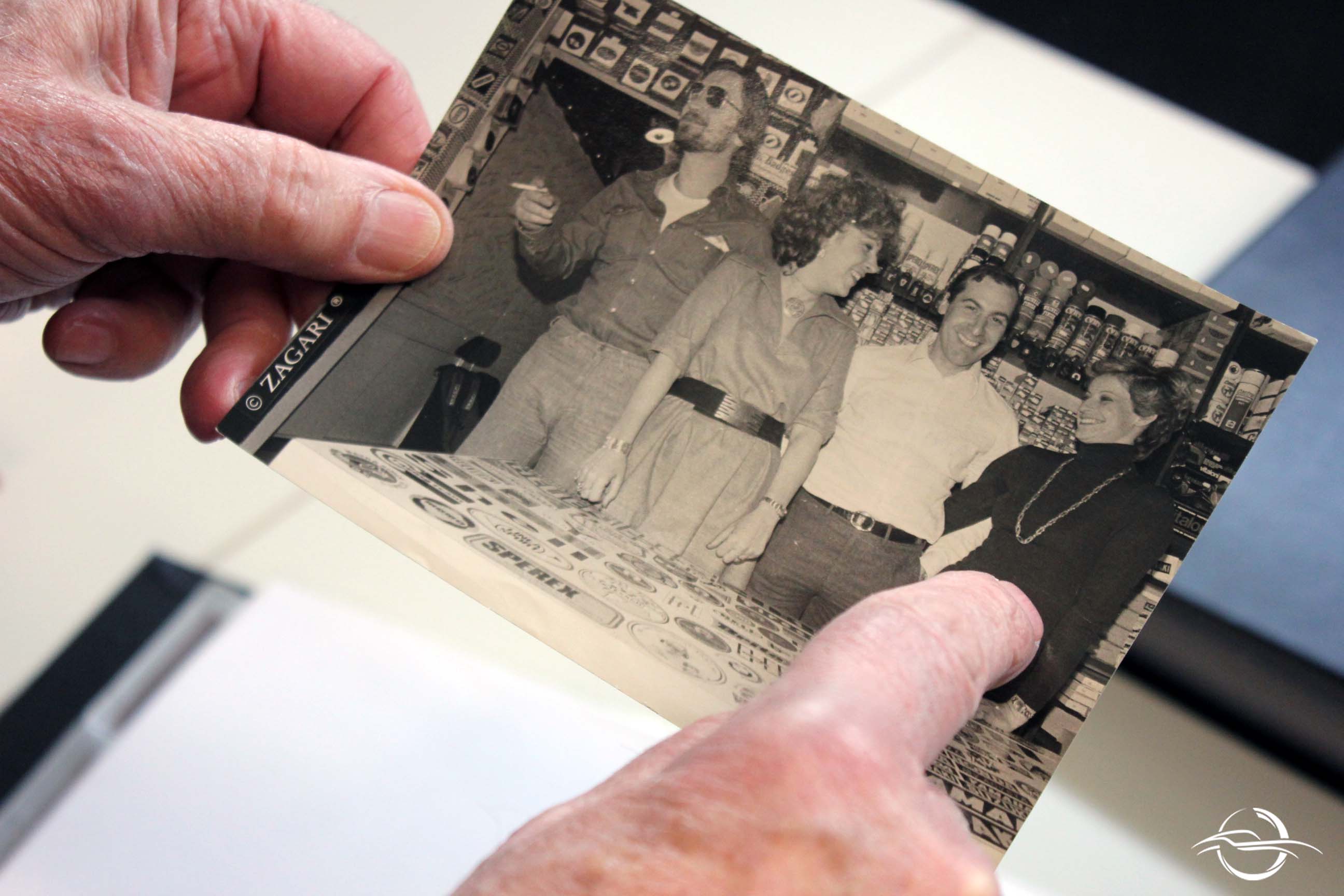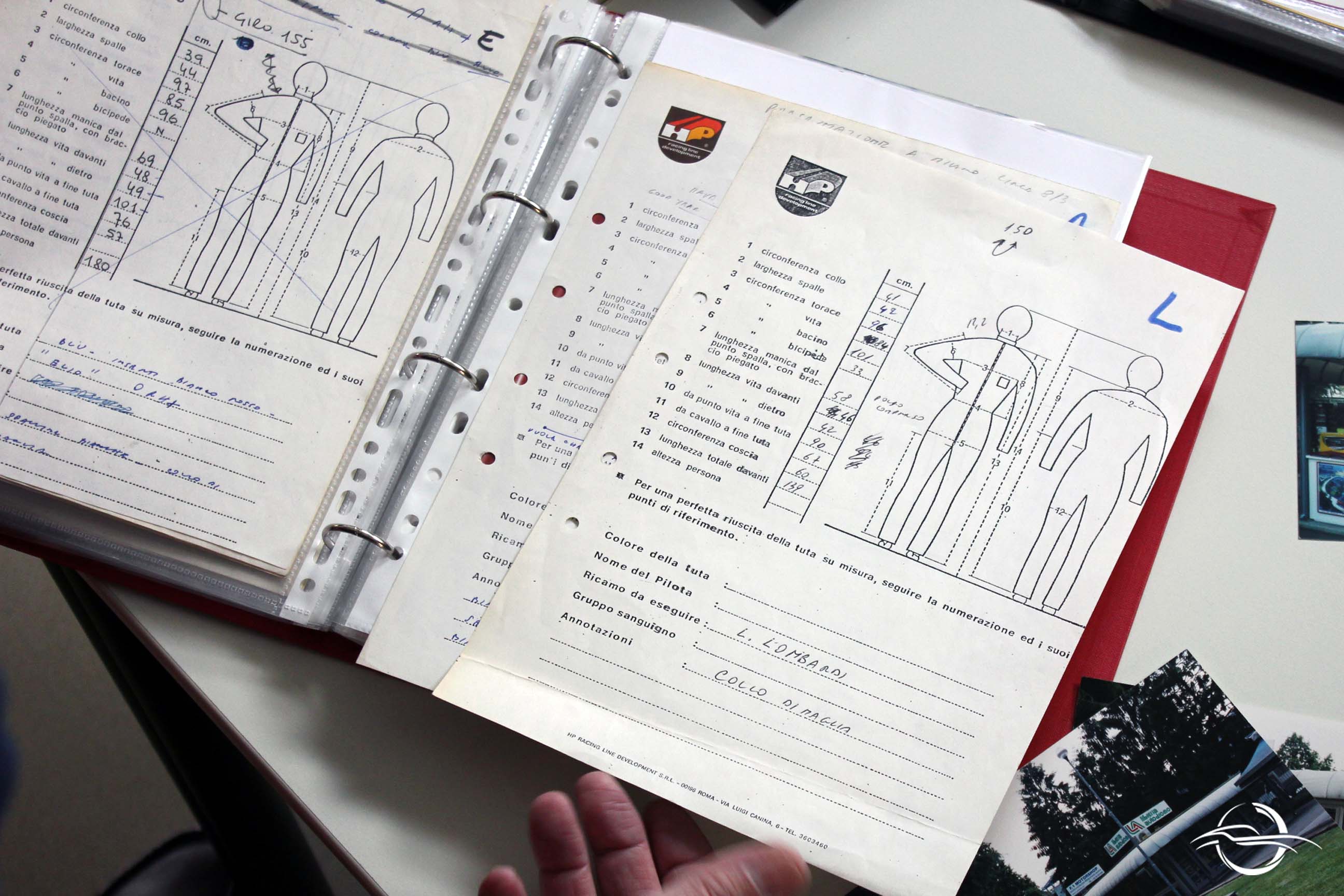Mario Acquati: from the races to the Book & Art Shop
That’s right. We’re talking about the sixties, the time of the Economic Boom. The years told by Pasolini, those where modernity’s levelling bulldozer zeroed and redesigned the landscape. There has been a powerful metamorphosis, which maybe, can only be understood by those who breathed in and lived those years in their own skin.
– What was Monza like at the time? Well, I was born in Monza. But with my family we moved to Milan. I started going to the motor-racing track in 1955-1956. I don’t even know how I managed to get there… They had just built the new high speed ring and I came straight away to have a look. Monza was already very busy. We all went there: it was the Sunday session and it stayed like that for many years.
At the time, there weren’t as many races as there are today: the motor-racing track was free. I was 16 and I used to go with my brother, who had a driving licence…
– What do you mean: was there free access?
– Yes, you only paid a few Liras. You signed a form to discharge the responsibility and you could stay there for half an hour. Motor-racing track aside, there was nothing else there at all: only four residential buildings. That is why our Book & Art Shop was a much frequented place. Actually, when I opened it, I chose the premises of the one which used to be the barber’s shop on purpose. Why? Because it had water, which other shops didn’t have. Then, once I’d obtained my permit, I built the one which would have been the first hospitality building overall, outside of the Monza motor-racing track. It was very busy with drivers and their entourage, because it actually had the only clean toilet in the whole motor-racing track.
– You will have met a lot of drivers then! Or did you meet most of your acquaintances, in this industry, later, with your Book & Art Shop?
– Well, no: I met many drivers when I started making the overalls…
- In the middle, José Carlos Pace
The art of being able to spread from one area to another, to grasp the needs of a specific industry and building a business on that, this is a matter of DNA: you either have it or you don’t. And I believe that this the contact point between intuition and creativity: the thin red line which may make a common profession extraordinarily similar to a form of art. There, Mario Acquati owns this “magic weapon” exactly. That is why I’m not surprised when he starts talking about his season with the overalls.
– I was the first to sell the FTP Sports range overalls. I personally tested them for the homologation, in fire.
- Homologation test
– Please wait, how did it work? Was it the company – such as Ferrari – which purchased the overalls for the whole team?
Acquati shakes his head. Of course not: it was a different world all together!
- Mario Andretti
– The mentality was very different back then. For example: we supplied Villeneuve, who always asked us for very particular things. And he paid to get them. When he used to write to my wife, who’s a French mother tongue, he used to tell her: “I don’t understand why I should pay out of my own pocket when there are people who, as well as donating me a lot of things, even pay for things for me”, do you know what my wife used to answer? “I make overalls for drivers: if I give them away for free, who will I sell them to?” That was the last time that we saw him for overalls.
Then the sponsors came. Up until them, overall this is how it worked: the least visible drivers used to buy the overalls by paying for them out of their own pocket, while we used to donate them to the stars – like Fittipaldi and Graham Hill, as it was an advertising investment.
- Jochen Rindt and Graham Hill
– Previously you mentioned homologations…
– The Linea Sport was the very first homologated overall worldwide: it was homologated by both the FIA and CSAI. When the homologation was introduced, nobody had overalls with their “papers in order”. To make it short, we basically slaughtered the other companies… only in England, we sold around four or five thousand overalls.
- Giacomo Agostini’s overalls card
– Of course, I assume they were fireproof overalls…
– Yes, there were two kinds of overalls. One in the Linea Sport and Nomex. The Linea Sport overall was called FPT (fireproof textile): it was a fabric made with three fibres: one was vegetable-derived, one was animal-derived and one was mineral-derived. The mineral-derived fibre was a glass wool fabric. These overalls actually never burned, but if you used under-overalls in isolating materials, you risked dying like a roast chicken, which was not due to the fire but to the heat. This overall dominated the industry for a year and a half, then DuPont stepped in with Nomex, a Swiss fireproof fabric which was used for army clothing. However, the Nomex overall didn’t pass the homologation test.
- Lella Lombardi’s overalls card
– What was the actual homologation about?
– It was to do with resisting fire for twenty seconds, during which the internal portion of the arm, which is the most sensitive to heat, shouldn’t present burns. I resisted for even twenty-five or twenty-six seconds… Whereas, the Swiss didn’t succeed and Nomex didn’t pass the homologation test. Over time though, this kind of homologation test wasn’t considered valid anymore, as it was based on a person’s body. It is actually true. To the extent that, when I did the homologation test for these overalls, I went to the Seychelles and I spent one full month there to sunbathe, so that I would tan enough because dark skin endures fire for at least two seconds longer.
– When was that?
– I started in 1968. In 1970, Clay Regazzoni won in Monza with our overalls.
- In the middle, Clay Regazzoni
By International Classic, written by Martina Fragale
Keep on following the story The Master of Monza racetrack – Chapter 3
Read also:
The Master of Monza racetrack – Chapter 1











